REMOVAL OF HEAVY METALS (CADMIUM AND ZINC IONS) FROM AQUEOUS SOLUTION USING TREATED POWDERED PLANTAIN(Musa Paradisiaca) STALK AS ADSORBENT
DOI: 10.23977/trebe.2020.11001 | Downloads: 49 | Views: 6232
Author(s)
ORODU, Victor Enearepuadoh. 1, ABASI, C.Y. 1, GEORGE, Florence. C. 1
Affiliation(s)
1 Department of Chemical Sciences, Faculty of Science, P.M.B 071, Niger Delta University, Wilberforce Island, Bayelsa State. Nigeria
Corresponding Author
ORODU, Victor Enearepuadoh.ABSTRACT
Powdered plantain stalk (Musa Paradisiaca) was prepared and treated with 1M sodium hydroxide solution. The plantain stalk was washed, sun-dried for 48 hrs and oven dried for 72hrs at 80oC. The treated powdered plantain stalk was used for adsorption studies of Zn (II) and Cd (II) ions from aqueous solutions of their salts. AAS (GBC 908 AA)) was used to determine the metal ion concentrations. Effect of pH, contact time, adsorbent dosage and initial ion concentration were carried out. The results obtained are: For effect of pH, the percentage adsorbance of zinc ion increased from pH 2 to pH 8(93.5%-94.9%) but for cadmium ion it reduced from pH 2 to pH 4(90.4%-90.2%) and reduced again from pH 6 to pH 8(90.7%-89.5%). For effect of contact time, the percentage adsorbance of zinc ions increased from (94.6%-95.4%) and reduced at 90minutes (95.3%) and increased again at120 minutes (95.4%). For cadmium ions, contact time range was from (91.6%-90.6%) percentage adsorbance. For adsorbance dosage, zinc ions ranged from (94.1%-95.4%) and reduced for 2.0g dosage to (95.1%). The isotherm models used were; Langmuir, Freundlich and Temkin. Langmuir isotherm was found to be the best model for cadmium ion adsorption with a correlation coefficient R2 = 0.860 and for zinc ions, Freundlich isotherm model was best fitted with a correlation coefficient of R2= 0.987. For each of the parameters, adsorption of zinc ions was more compared to the adsorption of cadmium ions. The results obtained showed that treated plantain stalk with 1M NaOH solution, is a good adsorbent for zinc ions than cadmium ions.
KEYWORDS
Plantain stalk (Musa Paradisiaca , adsorption, Powdered, TreatedCITE THIS PAPER
ORODU, Victor Enearepuadoh., ABASI, C.Y., GEORGE, Florence. C., REMOVAL OF HEAVY METALS (CADMIUM AND ZINC IONS) FROM AQUEOUS SOLUTION USING TREATED POWDERED PLANTAIN(Musa Paradisiaca) STALK AS ADSORBENT. Trends in Biochemical Engineering (2020) 1: 1-19. DOI: http://dx.doi.org/10.23977/trebe.2020.11001.
REFERENCES
[1] Abasi, C. Y., Abia A. A., (2011) “Adsorption of iron (III), lead (II) and cadmium (II) ions by unmodified RapHia palm (rapHia hookeri) fruit endocarp”. Environmental Research Journal 5(3), 103-104.
[2] Ahluwalia, S. S. and Goyal, D., (2005). Microbial and plant derived biomass for removal of heavy metals from waste water. Bioresource Technology, 98, 2243-2257.
[3] Beaty RD, Kerber JD. Conepts Instrumentation and Techniques in Atomic Absorption SpectropHometry USA, Perkin Elmer Shelton CT; (1993); PP8-12.
[4] Duruibe, J. O., Ogwuegbu, M.O.C, Egwurugwu, J.N., (2007). Heavy metal pollution and human biotoxic effects. International journal of pHysical Sciences 2, 112-118.
[5] Eka N, Retno S, Rohman A. Validation and quantitative analysis of cadmium and lead in snake fruit by flame atomic absorption Spectrometry. Int Food Res J ( 2012); 19(3): 937 - 940.
[6] Garbarino, J. R., Hayes, H., Roth, D., Antweider, R., Brinton, T. I., Taylor, H., (1995).Contaminants in the missisippi river U.S. Geological Survey Circular, Virginia, U.S.A, 1133.
[7] Iqbal, M., Saeed, A., and Zafar, S. I., (2008). FTIR Spectrometry, kinetics and adsorption isotherm modeling, ion exchange and EDX analysis for understanding the mechanism of Cd2+ and Pb2+ removal by mango peel waste. Journal of Hazardous materials, 164, 161-171.
[8] Issabayeva, G., Aroua, M. K., Sulaiman, N. M., (2010). Study on palm shell activated carbon capacity to remove copper ions from aqueous solution. Desalination, 262, 94-98.
[9] Krishnani, K. K., Meng, X., Christodoulato, C. and Boddu, V. M. (2007) J. Hazard. Matter.153, 1222.
[10] Lajumen LH, Peramaka P Spectrochemical analysis by atomic absorption and emission.Cambridge UK. Royal Society of Chemistry (2004); pp6-8.
[11] Lenntech, (2004). Water treatment. Lenntech, Rotterdamseweg, Netherlands (Lenntech Water Treatment and Air purification).
[12] Muhammad, A. A, Abdul, W., Karamat, M., Mohd, J. M. and Ismail, Y. (2011). Low cost biosorbent banana peel (musa sapientum) for the removal of heavy metals. Scientific Research and Eassays 6(19): 4055-4064.
[13] Murugan, T., Ganapathi, A., and Valliappan, R., (2010). Removal of dyes from aqueous solution by adsorption on biomass mango (magifera indica) leaves. E-journal of chemistry 7(3), 669-676.
[14] Musa A, Hamza J. Comparison of Cadmium (Cd) content of herbal drugs used as anti-malarial and Chloroquine pHospHate syrups in Zaira, Niger J, PHarm Sci (2009); 8(1): 95-101.
[15] Olayinka KO, Oyedeji OA, Oyeyiola OA (2009). Removal of Chromium and Nickel ions from aqueous solutions by adsorption on modified coconut husk. Afr. J. Env. Scl. Tech., 3(10): 286-293.
[16] Opeolu, B. O., Fatoki, O. S. (2012). Dynamicsof zinc sorption from aqueous matrices using plantain (musa sp.) peel biomass. African Journal of Biotechnology, 11(68), 13194-13201.
[17] Orodu, V. E., Abasi, C. Y. (2014). Sorption kinetics and Intraparticle Diffusivities of Cd (II) and Fe (III) ions on unmodified Snail shell powder. Inter. Journal Science Engineering and Research (IJSER), 91-94.
[18] Rai V, Kakkar P, Khatoon S, Rawat A, Mehiotra S, Heavy metal accumulation in some herbal drugs. PHarm Biol (2001); 39(5): 384-387.
[19] Saied S, Zahir E, Siddique A. Heavy metal level in commonly used traditional medicinal plant. J. Chem. Soc. Pak (2010); 32(6): 737.
[20] Sneddon J. Advances in atomic spectroscopy. AE Amsterdam, Elsevier Science; (2002);p244.
[21] Srivastava, V. C., Maill, L. D., and Mishra, I. M., (2008). Competitive adsorption of cadmium (II) and nickel (II) metal ions from aqueous solution onto rice husks ash. Chemical Engineering and Processing, 48, 370-379.
[22] Uddin, M. T., Rukanuzzaman, M., Khan, M.M.R., and Islam, M. A., (2009). Adsorption of methylene blue from aqueous solution by jack fruit (Artocarpus heteropyllus) leaf powder: A fixed-bed column study. Journal of Environment Management, 90, 3443-3450.
| Downloads: | 73 |
|---|---|
| Visits: | 11302 |
Sponsors, Associates, and Links
-
Forging and Forming

-
Composites and Nano Engineering
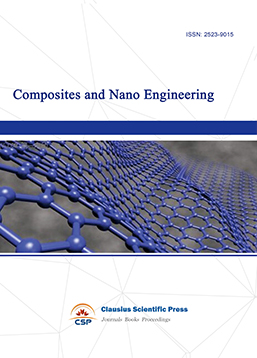
-
Journal of Materials, Processing and Design
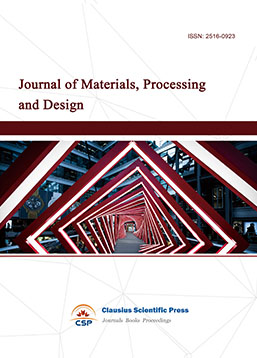
-
Metallic foams
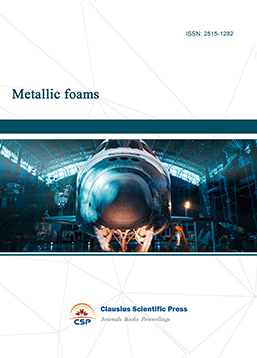
-
Smart Structures, Materials and Systems

-
Chemistry and Physics of Polymers
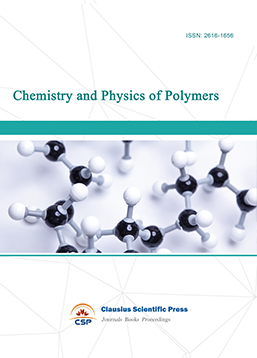
-
Analytical Chemistry: A Journal
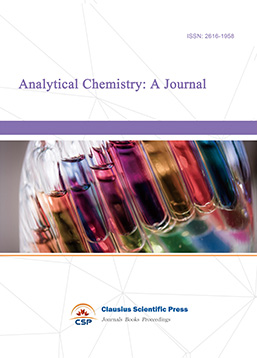
-
Modern Physical Chemistry Research
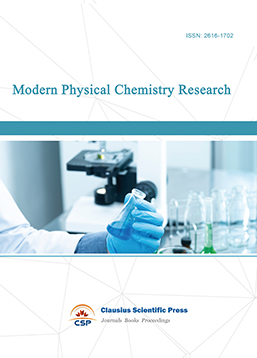
-
Inorganic Chemistry: A Journal

-
Organic Chemistry: A Journal
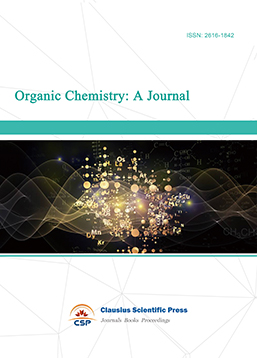
-
Progress in Materials Chemistry and Physics

-
Transactions on Industrial Catalysis
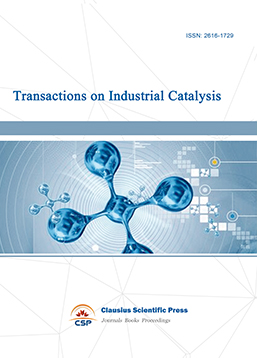
-
Fuels and Combustion

-
Casting, Welding and Solidification
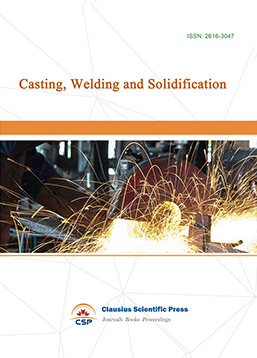
-
Journal of Membrane Technology
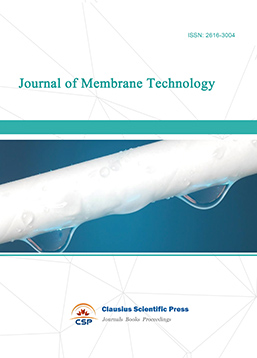
-
Journal of Heat Treatment and Surface Engineering
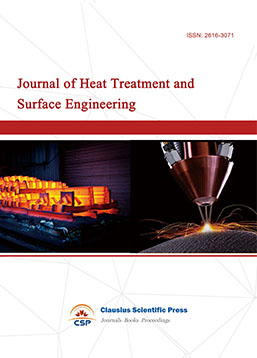
-
Ceramic and Glass Technology

-
Transactions on Metals and Alloys
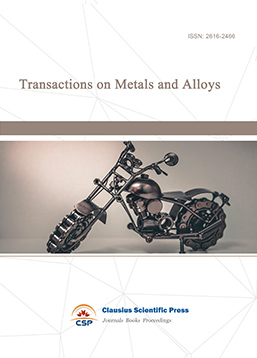
-
High Performance Structures and Materials
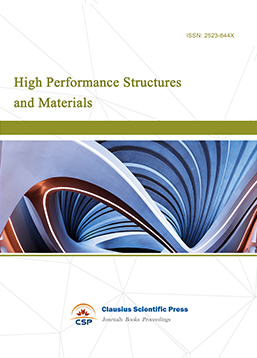
-
Rheology Letters

-
Plasticity Frontiers

-
Corrosion and Wear of Materials

-
Fluids, Heat and Mass Transfer

-
International Journal of Geochemistry
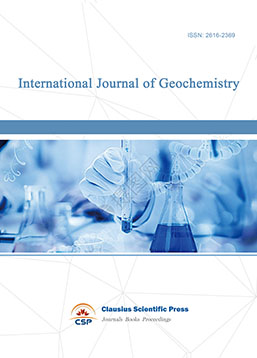
-
Diamond and Carbon Materials
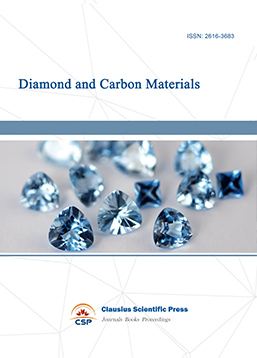
-
Advances in Magnetism and Magnetic Materials
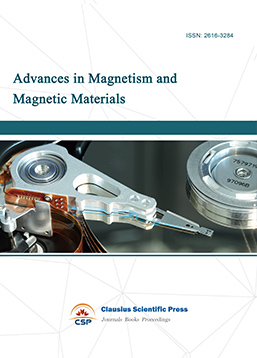
-
Advances in Fuel Cell

-
Journal of Biomaterials and Biomechanics
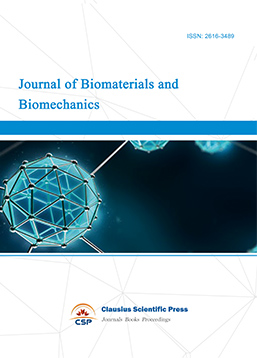

 Download as PDF
Download as PDF